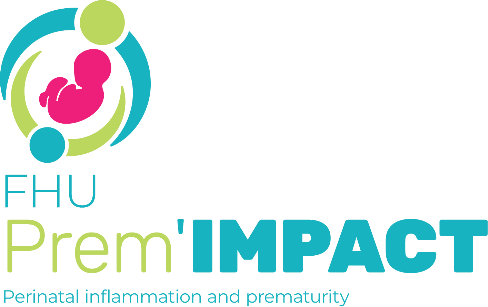Abstract
Background: The criteria for antiphospholipid syndrome (APS) include severe preeclampsia and/or placental insufficiency leading to preterm delivery before 34 weeks of gestation, but this APS manifestation has been rarely studied. Thus, we report a series of severe preeclampsia occurred in patients with APS.
Methods: We retrospectively analysed data of women with APS (Sydney criteria) who experienced severe preeclampsia with delivery before 34 weeks’ gestation between 2000 and 2017 at five French internal medicine departments and one Italian rheumatology unit.
Results: The 40 women had a mean age of 30.5 ± 4.6 years at their first episode of preeclampsia; 21 were nulligravid (52.5%), 12 (30%) had already been diagnosed with APS, and 21 (52.5%) had a triple-positive antiphospholipid (aPL) antibody test. Preeclampsia occurred at a median gestational age of 25.5 weeks (IQR 23-29). It was associated with HELLP in 18 cases (45%), eclampsia in 6 (15%), placental abruption in 3 (7.5%), catastrophic APS in 3 (7.5%), and foetal and neonatal death in 11 and 15 cases. Overall, 14 (35%) children survived, born at a median gestational age of 31 weeks. Among other APS criteria, 16 women (40%) experienced at least one thrombosis, 17 (42.5%) an intrauterine foetal death, and 19 (47.5%) at least one episode of HELLP during follow-up (median 5 years, IQR = 2-8). None had three or more consecutive miscarriages. Notably, 12 women (30%) had systemic lupus erythematosus.
Conclusions: Severe preeclampsia led to high mortality in the offspring. Almost half of these women experienced other APS features, but not three consecutive miscarriages.
